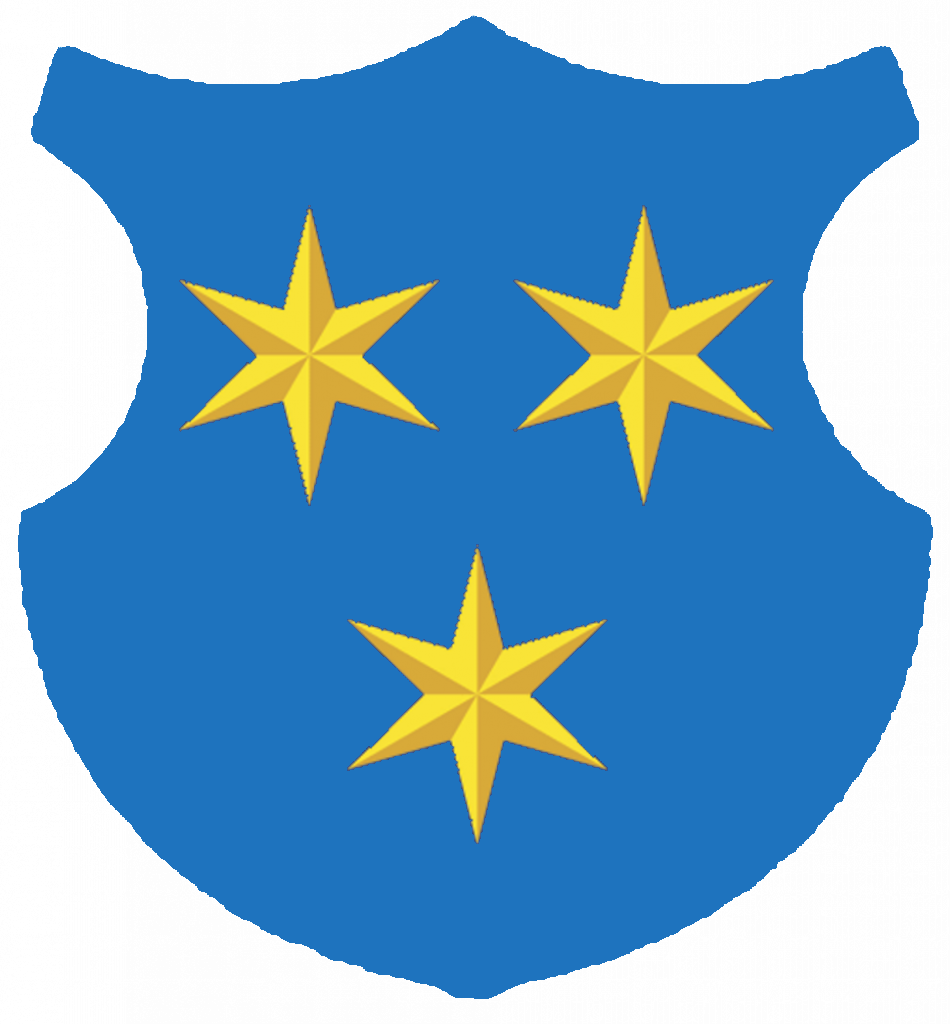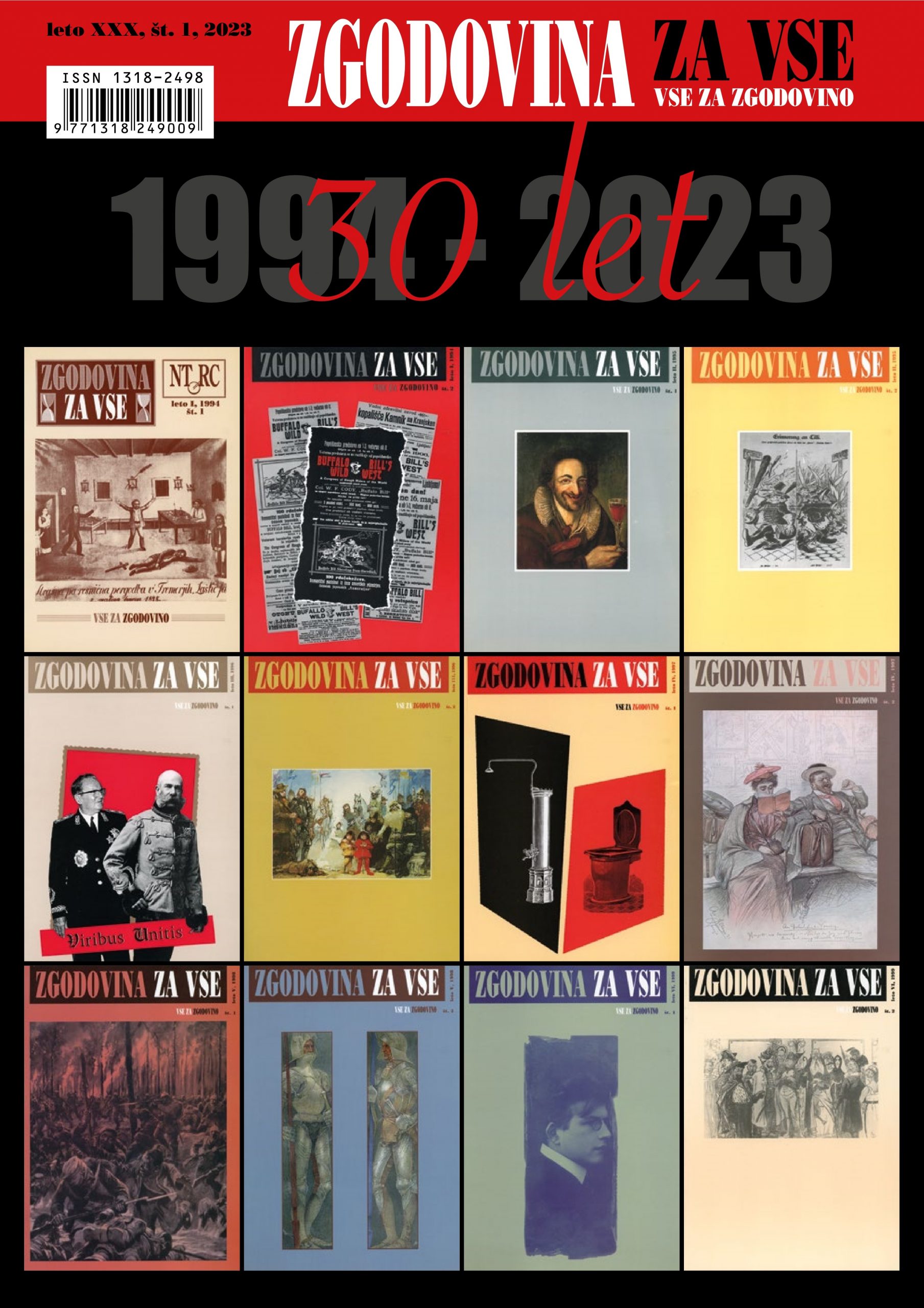Jurij ŠILC
SMLEDNIK ESTATE UNDER THE COUNTS OF CELJE
Frederick of Žovnek buys Smlednik castle for two thousand marks of silver
This article is about a time when the castle politics of the Žovnek/Celje noble family was marked by a remarkable expansion of property. This was also the time of the acquisition of Smlednik, the first major estate or castle in Carniola, where the ambitions of the free Lords of Žovnek, or later the Counts of Celje, began to be increasingly directed in the following decades. They continued to build up their holdings there and thus laid the foundations for their own possessions in Carniola. The acquisition of the patronage of the parish of Vodice, the establishment of vicariates in Smlednik and Utik, and the chaplaincy in Spodnje Pirniče show that the Celje family were also trying to consolidate their main centre in Kranj, Smlednik Castle, in ecclesiastical territorial organisation. The church and the Confraternity of St Mary on Šmarna Gora also acquired noteworthy assets through purchases and donations during the time of the Celje nobility.
Miran APLINC
“I TOO WAS PUSHED SO MERCILESSLY AGAINST THE HARD STONES, AND TODAY I WOULD SEARCH FOR THE BORDER IN VAIN.”
From old names to house numbers in Šoštanj Square
The original publication of the article “Every street, square and road, even if it has only one house, must have a name” in 2017, published in Zgodovina za vse, is updated in this article with recent findings and a more detailed interpretation of the sources. The Šoštanj Market Square under the castle of the same name is a settlement which, until the industrial age in the second half of the 19th century, was not different from other squares in Lower Styria. Despite the poor preservation of relevant sources and the consequent lack of scientific research on the period from the 16th to the 19th century, the present paper is an attempt to deal with the old place names and the introduction of house numbers within the Šoštanj municipality because of the state reforms during the reign of Maria Theresia and her successors.
Damir GLOBOČNIK
THE HISTORY OF EUROPEAN PARLIAMENTS KNOWS FEW BATTLES SO PASSIONATE, SO FIERCE
Obstructions in the Vienna National Assembly in 1897 and in the Carniola Regional Assembly in 1902
In the 1880s, the term obstruction also became established in Slovenian political language. The article describes in more detail the obstruction in the Vienna National Assembly in 1897 and the obstruction of the Slovenian Catholic deputies in 1902, which was the first example of the use of obstruction tactics in the Kranj Regional Assembly. In both cases, in addition to technical obstruction, the opposition MPs resorted to “wild obstruction” (noisy disruption of a normal sitting, of the Speaker of the House or of speakers on the opposite side). The two obstructions were successful, as the German deputies in the Vienna National Assembly obtained the resignation of the Prime Minister Count Badeni at the end of November 1897, and the Slovene Catholic deputies prevented the normal session of the Regional Assembly of Kranj from June 1902. In September 1904, they succeeded in breaking the coalition of Slovene liberals and German landlords and in getting the resignation of the Regional President by proposing that the Regional Committee should not accept letters from the Regional Government written only in German.
Robert DEVETAK
“SHE WANTS TO WEAR TROUSERS, MAYBE EVEN A SABRE AND A RIFLE SOON!”
Reception of the trouser skirt in Slovenia in 1911
The article deals with the reception of the trouser skirt (Jupe-culotte) in Slovenia. It was a garment designed by the Frenchman Paul Poiret in 1911 and quickly spread from France to the rest of Europe. It was inspired by oriental culture and fashion and was particularly notable because it was one of the first visible and widespread examples of trousers worn by women. Reactions to the garment that shook women’s established dressing patterns differed across Europe and ranged from support to repulsion and attacks on women. The article will present in more detail how Slovenian society reacted to the new fashion, with a special emphasis on the connection between the phenomenon and the political situation and nationalism in the Slovenian environment.
Mojca ŠORN
“WHOEVER WANTS TO LEARN MUST NOT DRINK THE WINE”
The anti-alcohol movement and youth in Slovenia after the end of the Great War
The article starts by introducing the sobriety movement, with its focus on youth, during the First World War, which, due to the awareness of transience and stress, among other things, undermined the ethical and moral foundations of society. It then focuses on the treatment of youth and alcoholism, and the anti-alcohol movement in Slovenia in theory and practice in the immediate post-war period, when agitation and organising, in the desire to lay a solid foundation for a healthy and prosperous future, regained strength and validity.
Darja MIHELIČ
SLOVENIAN DIET AND STANDARD IN THE LIGHT OF FOOD BASKETS
The article analyses the contents of the March 1995 consumer food basket and adjusts the tolar prices to the euro. It compares the same basket with current prices with the one from 1995. Comparing the value of the basket and the consumer’s purchasing power in relation to it shows a big jump in prices and an even bigger jump in incomes since 1995. In modern times, according to this criterion, the overall purchasing power of the average net pension exceeds that of the average net wage at the beginning of 1995.

